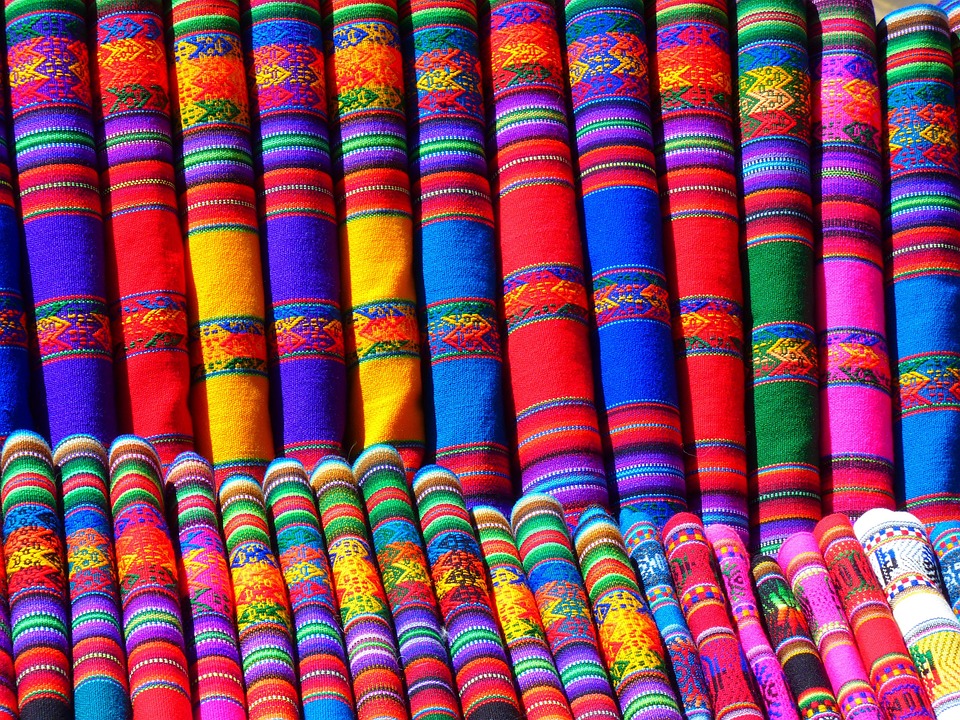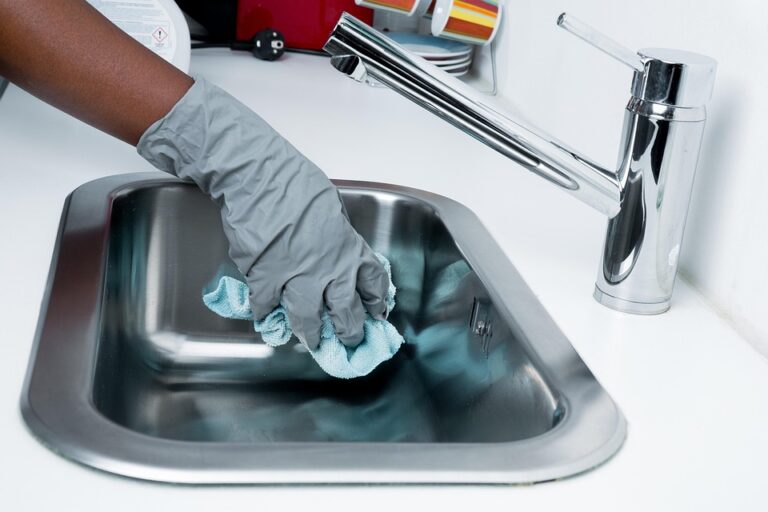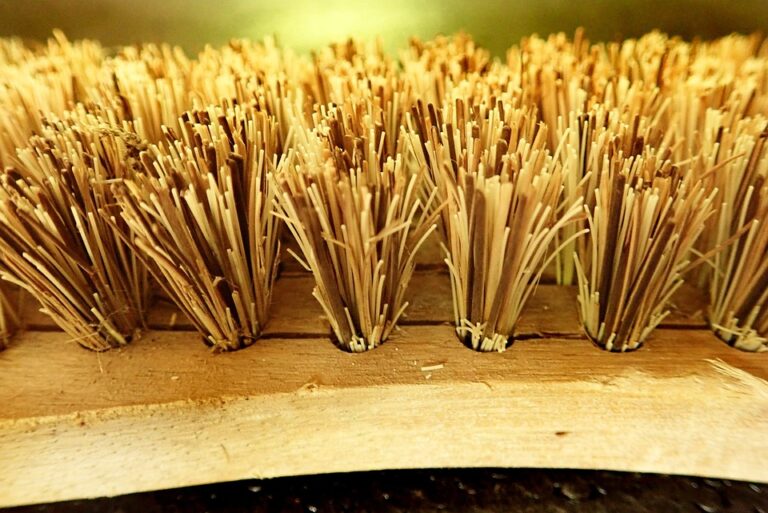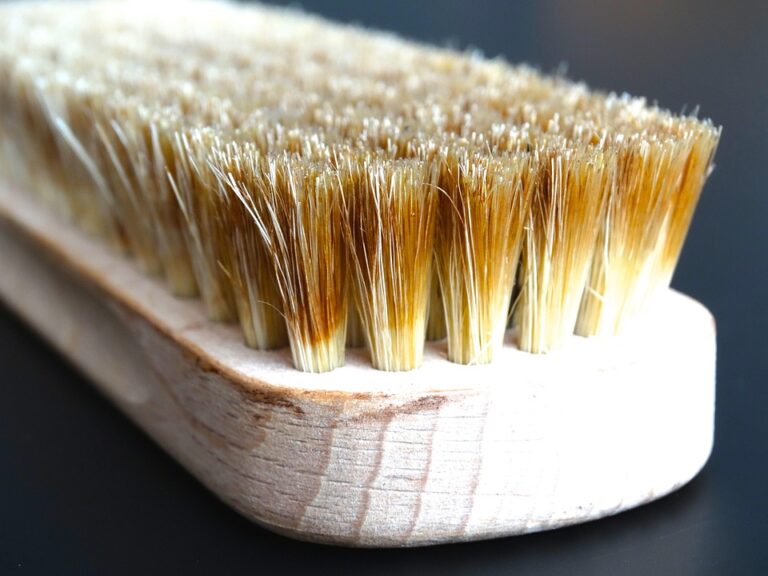
Choosing the Right Microfiber Cloth: Tips for Optimal Cleaning Performance
In a world increasingly obsessed with cleanliness, the humble microfiber cloth has emerged as a hero in the cleaning arsenal. But as with any tool, not all microfiber cloths are created equal. Understanding the nuances of these remarkable fabrics can dramatically influence your cleaning results. Here’s how to navigate the myriad options available and select the perfect cloth for your needs.
What Makes Microfiber Special?
Microfiber, as the name suggests, consists of ultra-fine synthetic fibres, usually a blend of polyester and polyamide. This unique structure allows the cloth to pick up dirt and grime far more effectively than traditional cotton rags. A single strand of microfiber is thinner than a human hair, allowing it to penetrate microscopic crevices and absorb moisture like a sponge. But it’s not just about size; the way these fibres are woven plays a crucial role in their cleaning efficiency.
-
Density Matters: Higher density microfiber cloths tend to have more fibres per square inch, enhancing their cleaning power. Consider a cloth with at least 300 GSM (grams per square metre) for heavy-duty tasks. Meanwhile, lighter cloths, around 200 GSM, are excellent for delicate surfaces.
-
Split Fibres: The best microfiber cloths feature split fibres, which increase the surface area for picking up dirt and dust. If you want a cloth that can tackle stubborn stains while remaining gentle on surfaces, look for those labelled as "split" or "premium".
Types of Microfiber Cloths
Not all microfiber cloths are tailored for the same job. Understanding the distinct types can help you make a more informed choice.
-
General Purpose Cloths: Versatile and ideal for everyday cleaning, these cloths are your go-to for dusting and wiping surfaces. They’re crafted to handle a variety of tasks with ease.
-
Glass and Window Cloths: Designed specifically for streak-free shine, these cloths are often thinner and may have a smoother finish. They’re perfect for tackling mirrors and glass surfaces without leaving lint behind.
-
Heavy-Duty Cloths: When faced with particularly tough messes, opt for a robust microfiber cloth that can withstand aggressive scrubbing. These are often thicker and more durable, ideal for kitchens and garages.
Maintenance Tips for Longevity
Investing in quality microfiber cloths is just the first step; proper care is essential to maintaining their effectiveness.
-
Washing: Avoid fabric softeners and bleach, as these can coat the fibres, reducing their absorbency. Instead, use a gentle detergent and wash them in warm water.
-
Drying: Air drying is the best method to preserve the cloth’s integrity. If you must use a dryer, opt for a low heat setting and avoid dryer sheets.
-
Storage: Keep your microfiber cloths in a clean, dry place. Storing them in a sealed container can prevent them from collecting dust when not in use.
Final Thoughts on Choosing Wisely
The right microfiber cloth can make all the difference in your cleaning routine, transforming a mundane chore into an effective task. With a plethora of options available, consider factors such as density, fibre type, and intended use to ensure you select the best cloth for your specific needs.
At BargainsTrust, we are committed to bringing you a curated selection of quality products and insightful information to enhance your shopping experience. Whether you’re a cleaning novice or a seasoned pro, arming yourself with the right tools is the first step towards achieving that sparkling clean home you desire.






